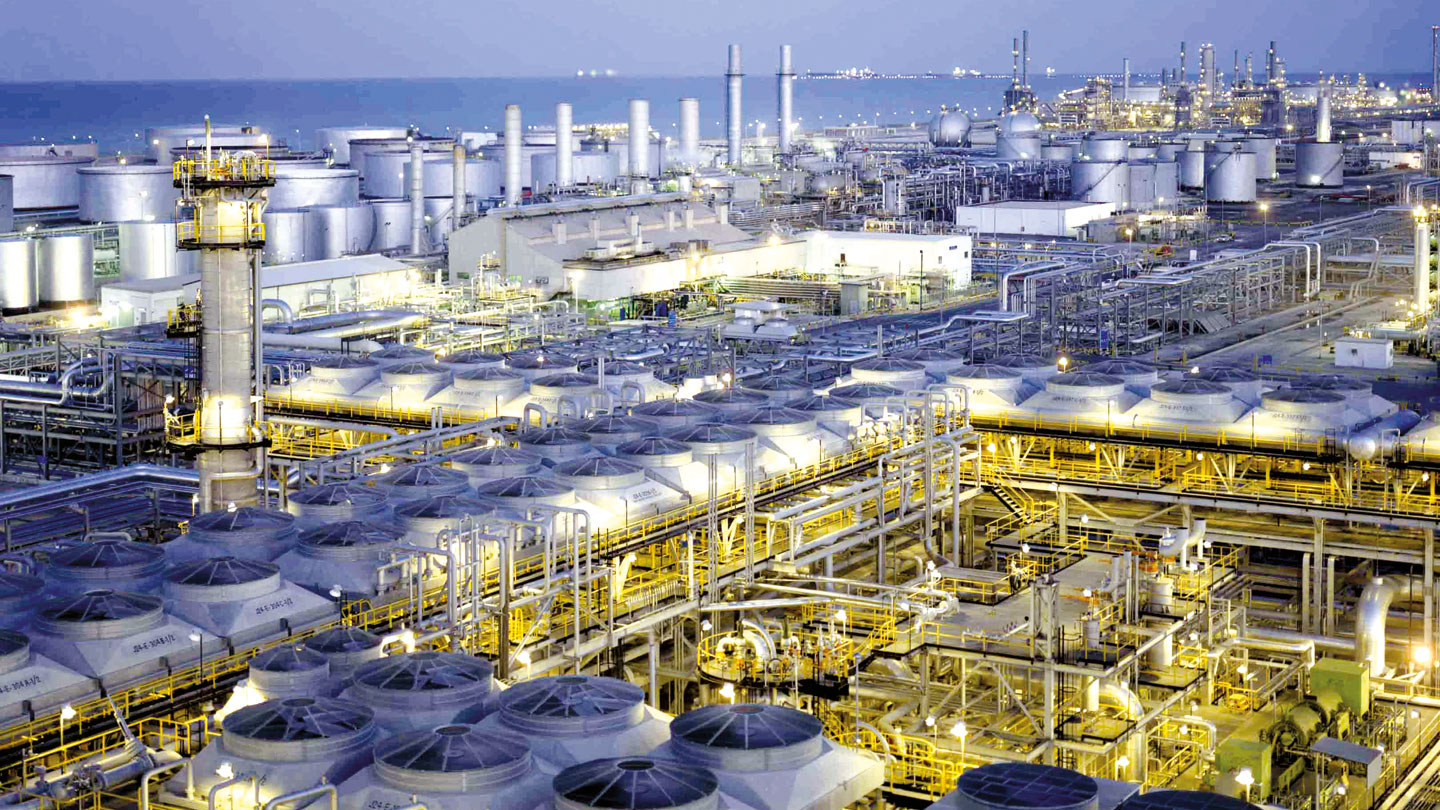Riyadh, Saudi Arabia— Saudi Arabia has recorded an 8.7 percent increase in gross domestic product (GDP) in 2022, as against a 3.9 percent jump in 2021, on the back of high oil prices.
The kingdom’s economy successfully emerged from the Covid-19 crisis and the policies undertaken by the government accelerated the recovery and maximized economic gains in the aftermath.
According to the recently released Financial Stability Report by the Saudi Arabia Monetary Authority, the country’s real GDP recorded a remarkable growth of 8.7% in 2022, compared to a 3.9% increase in 2021.
This growth was primarily driven by oil activities, which contributed 15.4% to the overall GDP growth, while non-oil activities also made a positive contribution of 5.4%.
The surge in oil activities can be attributed to the OPEC+ agreement aimed at stabilizing the global oil market, along with the improvement in global demand for oil.
However, going forward, the growth rate of oil activities is expected to slow down due to the base year effect in 2021. Nevertheless, oil activities are expected to continue supporting domestic economic growth.
The report highlights the expansion of non-oil activities, which continued to grow in 2022. This growth was mainly influenced by a significant increase in private investment, amounting to approximately 25%.
The rise in private investment reflects the spending initiatives of the Public Investment Fund (PIF) in alignment with the strategic plan to achieve Vision 2030 objectives.
Additionally, private consumption increased by around 4.8%, driven by the resurgence of domestic tourism and entertainment activities, including events like Riyadh Season, and the easing of travel restrictions.
Looking ahead, the International Monetary Fund (IMF) projects a slower pace of economic growth for Saudi Arabia in 2023, with an estimated rate of 3.1%.
This slowdown is primarily due to the lower growth of the oil sector in line with the OPEC+ agreement.
However, robust and sustainable levels of non-oil GDP growth are anticipated to be supported by the ongoing recovery in tourism and the progress made in Vision 2030-related initiatives, such as privatization programs and increasing non-oil exports.
In terms of employment, the report indicates a decline in the unemployment rate in 2022 compared to the previous year. The overall unemployment rate in Saudi Arabia decreased from 11% in 2021 to 8% in 2022.
The unemployment rate for Saudi males dropped to 4.2% in 2022 from 5.2% in 2021, while the rate for females decreased from 22.5% to 15.4%.
The increase in the labor force participation ratio played a significant role in these improvements, rising from 51.5% in 2021 to 52.5% in 2022.
The report expects further enhancements in the employment rate with ongoing labor market reforms and Saudization efforts in various sectors.
Regarding inflation, Saudi Arabia has experienced limited impact from the higher global inflation rate. Consumer prices in the Kingdom increased by 2.5% in 2022, with notable inflationary pressures observed in the food and beverages sector, where prices rose by an average of 3.7%.
However, the stability of domestic gasoline prices and the fixed exchange rate policy helped mitigate the impact of rising global gasoline prices on overall inflation.
Looking ahead to 2023, the report anticipates a moderation of the inflation rate in Saudi Arabia. Stable commodity and food prices, combined with the strength of the USD, are expected to limit upward pressure on imported goods.
On the other hand, the boost in domestic tourism activities, increased expatriate entries, and improvements in the labor market are factors that are projected to stimulate local demand and drive consumption levels upward.
The Financial Stability Report provides a comprehensive overview of Saudi Arabia’s economic performance and highlights the resilience and strength of the Kingdom’s economy in the face of global challenges.
It emphasizes the successful implementation of economic policies and initiatives that have propelled growth and supported key sectors.
The report underscores the importance of the non-oil sector in driving economic diversification and reducing reliance on oil revenues.
The substantial increase in private investment and the expansion of non-oil activities demonstrate the progress made in realizing the goals of Vision 2030.
Furthermore, the report acknowledges the significant role played by the Public Investment Fund (PIF) in stimulating economic growth through strategic investments and projects.
The PIF’s initiatives have not only contributed to job creation but also boosted investor confidence and attracted foreign direct investment.
The Saudi Arabia Monetary Authority’s Financial Stability Report also addresses the issue of unemployment, noting the positive trends in the labor market.
The decline in the overall unemployment rate, particularly among Saudi males and females, is a testament to the effectiveness of labor market reforms and the success of Saudization efforts.
The report emphasizes the importance of continuing these efforts to further enhance employment opportunities for Saudi nationals.
Regarding inflation, the report provides a reassuring outlook, with expectations of moderated inflation in the coming year.
The stability of commodity and food prices, combined with the favorable exchange rate and domestic economic stimulus, is projected to keep inflationary pressures in check.
The report concludes by emphasizing the resilience of the Saudi financial system, which has remained robust and well-capitalized.
The sound regulatory framework and prudent financial policies have ensured stability and supported economic growth.

